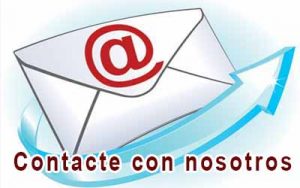Modalities of Correcting Errors That Affect the Agreement of Trial Balance
The trial balance is a key element of accounting. It is designed to help accountants monitor the accuracy of their financial statements. Any errors that affect the agreement of the trial balance must be corrected immediately to ensure accuracy of financial statements. This article outlines the modalities of correcting errors that affect the agreement of trial balance.
1. Locate the error
The first step in correcting errors that affect the agreement of trial balance is to locate the source of the problem. This involves reviewing your ledger accounts, checking the journal entries, and verifying the accuracy of the calculations. Common sources of errors that affect the agreement of the trial balance include math errors, posting errors, double entries, and incorrect account balances.
2. Determine the type of error
Once you have located the source of the problem, it is important to determine the type of error. This will enable you to identify the appropriate correction method. Common types of errors that affect the agreement of the trial balance include transposition errors, omission errors, and incorrect amounts.
3. Make the correction
After identifying the type of error, the next step is to make the correction. Depending on the type of error, different correction methods may be applied. For instance, if the error is a transposition error, you can correct it by reversing the digits. On the other hand, if the error is an omission error, you may need to add the omitted item to the ledger account.
4. Reconcile the trial balance
Once you have made the correction, it is important to reconcile the trial balance. This involves comparing the new trial balance to the previous one to ensure that the correction was successful. If the trial balance still does not agree, you may need to repeat the correction process until the error is resolved.
5. Document the correction
Finally, it is important to document the correction. This involves recording the correction in the ledger account and updating the financial statements to reflect the changes. Documentation is crucial for audit purposes and can help prevent similar errors from occurring in the future.
In conclusion, correcting errors that affect the agreement of the trial balance requires a systematic approach that involves locating the error, determining the type of error, making the correction, reconciling the trial balance, and documenting the correction. As a professional, it is important to ensure that your content is accurate and error-free. By understanding the modalities of correcting errors that affect the agreement of trial balance, you can help ensure that your financial statements are accurate and reliable.

